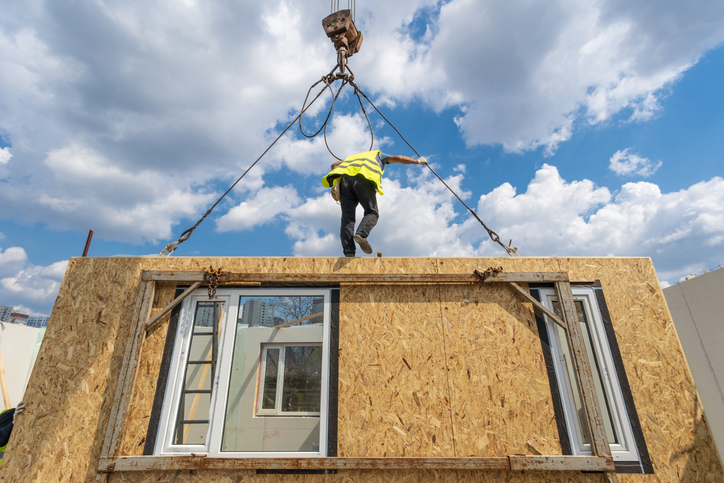Supporting customers with eco-construction: an insurance view

It’s the insurance industry’s role to respond to customers’ changing requirements and develop meaningful solutions for the risks they face.
An increasing priority for many industries is being able to demonstrate the steps they’re taking to become more sustainable and reduce their carbon footprint. This aligns with the UK’s target of reducing carbon emissions to net zero by 2050. The construction industry is no exception.
Construction and carbon management
According to the UK Green Building Council, the UK’s built environment (buildings and infrastructure) is currently responsible for 25% of total greenhouse gas emissions.
With the government’s arguably challenging plan to build 300,000 new homes per year, the pressure is on to find ways to accommodate construction projects using sustainable methods, safely.
There’s an opportunity for the insurance industry to add real value, by providing relevant solutions and risk management advice to satisfy both safety and sustainability requirements.
Timber can present its own risks such as its susceptibility to ignition, burning and water damage.
Balancing sustainability with safety
This drive towards eco-friendly options has seen an increased use of timber in construction; after all it’s a naturally occurring material, a good insulator, and has the potential to reduce the amount of a building’s embodied carbon emissions. However timber can present its own risks, not least through its susceptibility to ignition, burning and water damage.
Insurers recognise these risks but also appreciate their customers’ appetite for using ‘greener’ construction methods and materials. Herein lies an opportunity for the insurance industry to add real value, by providing relevant solutions and risk management advice to satisfy both safety and sustainability requirements. Communication between the insurer and customer is essential, to achieve the right balance of risk mitigation and responsible construction.
A recent paper from the Fire Protection Association (FPA),, includes input from a number of insurers including Allianz. This details resilience requirements, design features that can influence insurance cover, and proposes various ways forward for timber construction, including a combination of traditional and newer materials, with safety as the top priority.





